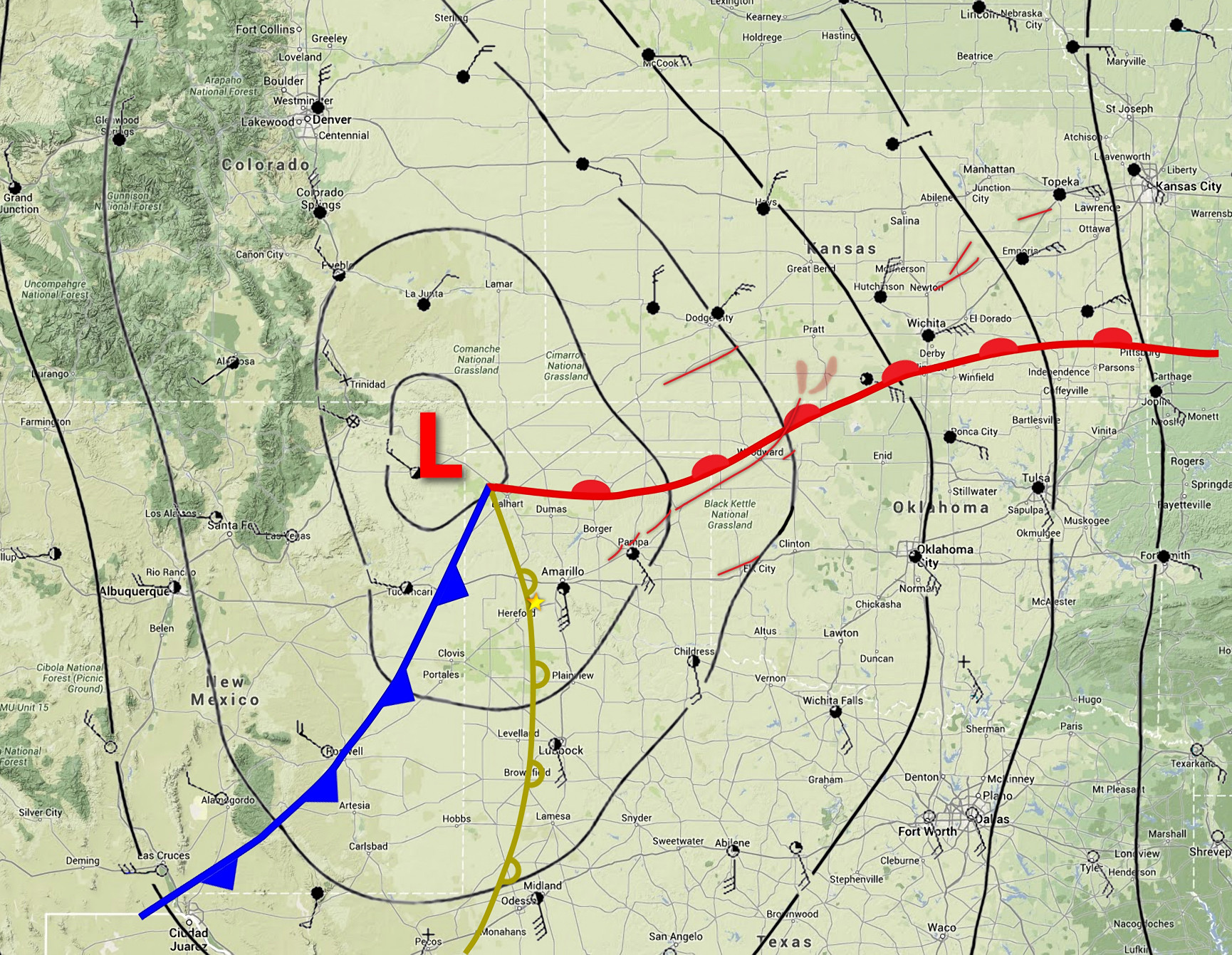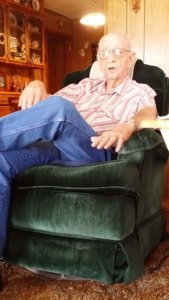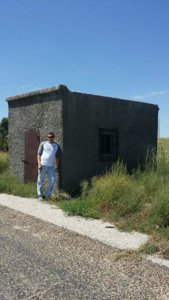Keith Fronk
EF0
Once touted as the deadliest, most violent, longest tracked storm, the Woodward tornado has since been relegated to an honorable mention among the known F-5s. The 220 mile long damage path originating near White Deer, Texas finally ended it's deadly dance near Medicine Lodge, KS. This path was once thought to be a single long track storm but has since been proven to be a cyclical system with as many as six different tornadoes with the strongest portion being Woodward, OK. At 1.8 miles wide moving at an average speed of 50 MPH the storm destroyed countless homes and took 185 lives in the Texas panhandle and NW Oklahoma.
In the Texas panhandle the towns of Higgins and Glazier where heavily damaged, Higgins rebuilt and carried on, Glazier was abandoned and is still a ghost town to this day. In Glazier, TX two men seen shaking hands shortly before the storm hit where found in separate fields over 2 miles apart.
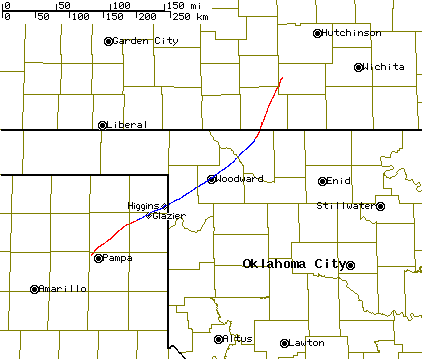
In downtown Woodward the theater was playing, "Rage In Heaven" the drive in was playing' "Devils On Wheels" and at 8:42 PM the storm hit the city destroying about 100 city blocks.
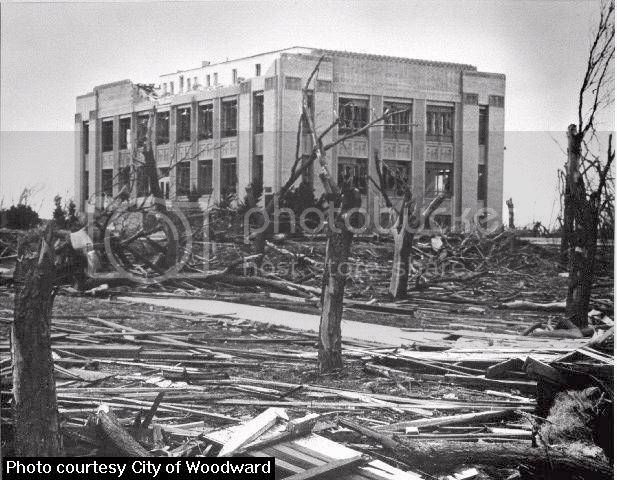
This storm is especially significant to me since my family hails from the Pampa, Canadian, Higgins area and in 1975 we moved to Woodward, OK when my stepfather bought a business there. Growing up listening to the "old timers" talk about the incredible things that this storm did and every year on the anniversary the local radio stations would do something to commemorate the event. One year they played music from the '47 era and narrated as the event would have unfolded in real time along with eye witness interviews.
Returning to Woodward in 1982 after a stent with the US Air Force I quickly discovered that the tornado of '47 was still a hot topic and some local HAMs had decided to do something about it. With funding from the city, some private donations and the proceeds of countless bake sales Bill Wyatt KC5NZB managed to buy a surplus RADAR and the Woodward Severe Storm Center was born. Upgrading a few years later to a C-Band Doppler RADAR the skies over NW Oklahoma where scrutinized by this privately held sentinel for years until finally being supplanted by the WSR-88D network. The facility now stands abandoned at 36°26'28.63"N 99°22'17.28"W
In the Texas panhandle the towns of Higgins and Glazier where heavily damaged, Higgins rebuilt and carried on, Glazier was abandoned and is still a ghost town to this day. In Glazier, TX two men seen shaking hands shortly before the storm hit where found in separate fields over 2 miles apart.

In downtown Woodward the theater was playing, "Rage In Heaven" the drive in was playing' "Devils On Wheels" and at 8:42 PM the storm hit the city destroying about 100 city blocks.

This storm is especially significant to me since my family hails from the Pampa, Canadian, Higgins area and in 1975 we moved to Woodward, OK when my stepfather bought a business there. Growing up listening to the "old timers" talk about the incredible things that this storm did and every year on the anniversary the local radio stations would do something to commemorate the event. One year they played music from the '47 era and narrated as the event would have unfolded in real time along with eye witness interviews.
Returning to Woodward in 1982 after a stent with the US Air Force I quickly discovered that the tornado of '47 was still a hot topic and some local HAMs had decided to do something about it. With funding from the city, some private donations and the proceeds of countless bake sales Bill Wyatt KC5NZB managed to buy a surplus RADAR and the Woodward Severe Storm Center was born. Upgrading a few years later to a C-Band Doppler RADAR the skies over NW Oklahoma where scrutinized by this privately held sentinel for years until finally being supplanted by the WSR-88D network. The facility now stands abandoned at 36°26'28.63"N 99°22'17.28"W


